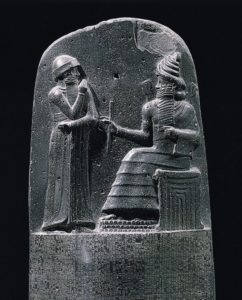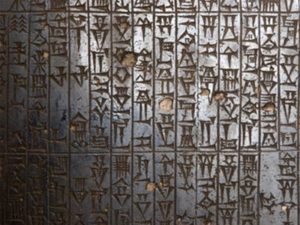
Hammurabi
Building codes may seem like a modern invention, but the concept of regulating construction standards dates back thousands of years. One of the earliest and clearest examples comes from the Code of Hammurabi (ha·mr·aa·bee), a Babylonian legal text written around 1754 BC. Among its 282 laws, two specific codes highlight the critical importance of ensuring safe construction:
- Code 229: “If a builder builds a house for someone, and does not construct it properly, and the house which he built falls in and kills its owner, then that builder shall be put to death.”
- Code 230: “If it kills the son of the owner, the son of that builder shall be put to death.”
These laws may sound harsh by modern standards, but they reveal an essential truth that transcends time: the safety of a building directly impacts the safety of the people within it. Even in ancient Mesopotamia, society recognized that negligent construction could have deadly consequences and demanded accountability.
While we no longer enforce such severe penalties, the principles behind Hammurabi’s laws remain just as relevant. Here’s why:
Modern building codes exist primarily to protect the safety and well-being of occupants. Whether it’s ensuring structural stability, proper electrical wiring, fire safety measures, or appropriate exits, codes are designed to minimize the risk of collapse, fires, electrocution, and other hazards.
Just as Hammurabi’s laws held builders accountable, today’s codes ensure that engineers, architects, and contractors follow stringent standards to prevent harm.
Without codes, there would be no baseline to ensure the quality and integrity of construction. Building codes create a uniform set of rules, so everyone, from builders to inspectors to homeowners, knows what is expected. This avoids dangerous shortcuts and substandard materials that might compromise a building’s longevity and safety.
Hammurabi’s Code directly tied the builder’s responsibility to the outcome of their work. Similarly, modern codes ensure that responsibility is clearly defined, with inspections, licensing, and legal recourse available when standards are not met.
By adhering to codes, builders demonstrate professionalism and a commitment to public trust, and property owners gain peace of mind knowing their investment is sound.
Unlike ancient times, today’s buildings are far more complex, incorporating advanced electrical systems, heating/cooling, and environmental controls. Building codes are living documents, constantly updated to reflect new technologies, materials, and safety research, something Hammurabi couldn’t have foreseen, but surely would have appreciated.
Perhaps the most important lesson: It’s always cheaper and safer to prevent a disaster than to clean up after one. Hammurabi’s brutal penalties were meant to deter careless work upfront. Similarly, enforcing modern building codes avoids tragedies like collapses, fires, or unsafe living conditions before they occur.
Hammurabi’s Code shows us that building safety has been a human concern for many centuries. While our methods of enforcement have evolved, the essential principle remains: Buildings must be constructed to protect life, property, and community well-being.
The next time you see a code enforcement officer, a building permit, or a safety inspection, remember, this system, rooted in history, exists to ensure that no one suffers the consequences of negligence.

Code of Hammurabi

Code of Hammurabi
